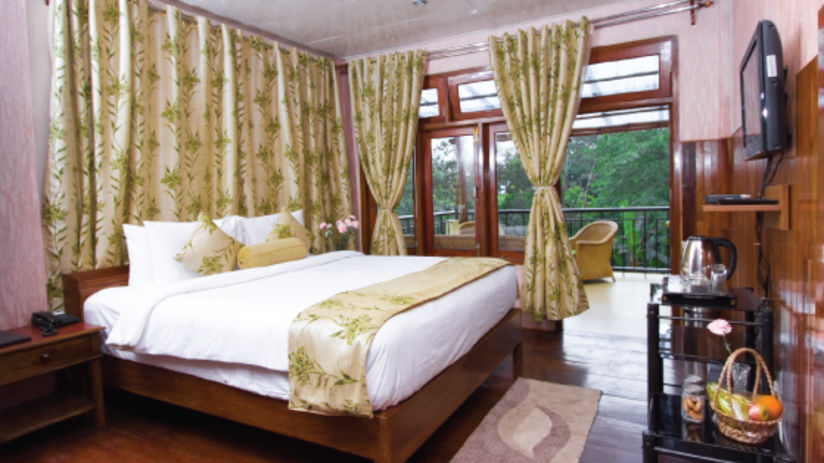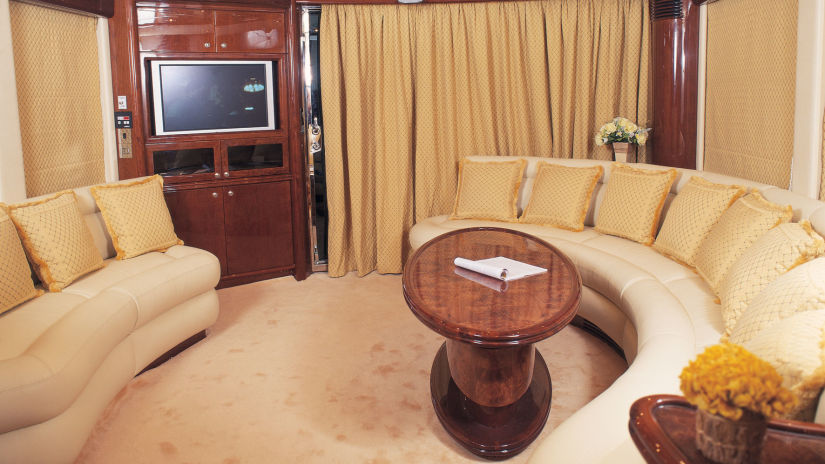- Top 10 Ayurvedic Foods for Summer Health
- Living the Water Conservation Way
- Why you need a Ayurvedic solace in Kerala ?
- Beyond the Room: How Niraamaya Champions Local Experiences
- A Tale of Two Indian Spots for Valentine's Day
- Unlock a Stress-Free Life: 6 Reasons to Choose Wellness Retreats
- From Ayurveda to Modern Medicine: Hibiscus Across the Globe
- The Ayurvedic Wellness : 7 Tips to Transform Your Health
- A Year of Self-Care: The Ultimate Guide to Rejuvenation Holidays
- Experience the Hornbill Festival: A Cultural Marvel
- How Nature-Friendly Rooms Enhance Sleep Quality
- Wellness Through Design
- Beyond the Boardroom: A Guide to Corporate Wellness Success!
- Kannur: A Wellness Oasis in Kerala
- No-Fire Cooking: A Sustainable and Delicious Culinary
- A Diwali Trip Guide to Kerala
- Ghee, An Ayurvedic Superfood for Auspiciousness and Nourishment
- Unlocking the power of Better Sleep: A Path to Wellness
- Pomegranate Juice: 10 Health Benefits of the Red Pearl Fruit
- The Ayurveda Way: 10 Power Foods for Diabetes
- Roar for Tigers: The world needs more species!
- Experience Niraamaya Retreats Private Residencies At Least Once!
- Why India Is Our New Favorite Place for Medical Tourism
- 5 Reasons to Visit Niraamaya Retreats in Monsoon
- Complete Guide to Surviving Monsoon Depression with Niraamaya
- Embrace the Healing Power of Karkidaka Chikitsa
- Embracing the Kaleidoscope of Love
- Discover the World of Teas and Tisanes
- The Jackfruit Biryani Phenomenon: Why Everyone is Talking About
- From Limiting Beliefs to Limitless Possibilities
- From Chaos to Calm: Celebrating Stress Management Month
- Small Steps, Big Impact: Celebrating Earth Day at Niraamaya Well
- Make a Splash this Summer in Niraamaya’s Private Pool Villas
- Niraamaya Wellness Retreats’ Mussels Ulathiyathu
- Locally Sourced, Freshly Prepared: Exploring Zero-Mile Cuisine a
- Finding Your Zen: Ayurvedic Techniques for a Calmer Mind
- From Farm to Table: Embracing the Slow Food Movement
- Spice Up Your Seafood with Niraamaya's Squid Pepper Recipe
- Plan your next Wellness-cation with Niraamaya Retreats
- Navigating the World of Ayurveda
- Bitter but oh-so-good: Pavakka Thoran
- Unleash Your Inner Wellness Warrior
- The Ultimate Relationship Booster
- Uncovering India's Gems: A Zodiac-Based Guide - Part 2
- Uncovering India's Gems: A Zodiac-Based Guide
- Top Destinations to Visit in 2023 with your Partner
- Safety First: A Guide to Solo Travel for Women
- The Secret to Niraamaya’s Signature Travancore Fish Curry
- Capture the Holiday Magic With Niraamaya's Festive Offerings
- The Ultimate Guide on how to end the year in style at Seychelles
- Athirappilly 101: A beginner's guide on how to have an unforgett
- 7 Reasons Why Stress Management is the Key to a Healthier Life
- Check out the Health Benefits of these 10 Ayurvedic Herbs
- Start Your Wellbeing Journey with These 6 Simple Tips!
- Express yourself via the Art of Journaling
- Leverage cutting-edge tech for advanced wellness
- Boost your post-COVID recovery with Niraamaya
- Make A Positive Change With Our Simple Summer Swaps
- Five tips to help you maintain good health during summer
- 5 Must-Do Wellness Tips In 2022
- Vegan vs. plant-based food: All you need to know
- Retreat into the picturesque hills to take a luxurious break
- Our tips to tackle Technostress
- Functional Medicine: The holistic and natural approach
- 8 Ways to Overcome Stress at Work
- The Rasayana Therapy – Relax and Rejuve Program
- Yoga packages at Niraamaya Wellness Retreats
- Why you must visit Vizhinjam
- 10 ways to enjoy the Niraamaya Retreats as a family
- Dishes you just can’t give a miss at Niraamaya’s Backwaters
- The Art of Now
- How Ayurveda keeps your skin glowing
- Experience the power and beauty of southwest monsoons
- Feel the perfect harmony of earth’s elements
- How to experience the magic
- Nine gingery health benefits
- This Goa Will Fill Up Your Soul!
- Thiruvananthapuram: Top attractions
- Hotel Rooms Just Got 10% Cheaper With GST Rate Cut
- Food Traditions: The Onam Sadhya
- Niraamaya Retreat’s Executive Weight Loss Program
- Photogallery: The luxury suites at Niraamaya Surya Samuda
- Best of the backwaters
- How Panchakarma will help deep cleanse your body
- And we have scored big once again!
- Luxury By Design
- Niraamaya Retreats wins Best Hospitality Architecture Award 2019
- Niraamaya Spa wins the prestigious Luxury Ayurveda Spa Award
- Gourmet offerings at Niraamaya Retreats Backwaters & Beyond
- Creating Sustainable Livelihoods
- Healing Wellness Breaks at Niraamaya Backwaters & Beyond
- 10 reasons why Ghee is known as India’s very own super-food
- Cuisine with a wellness soul
- Kerala’s culinary traditions come alive at Niraamaya Retreats
- The Golden Spice
- Finding Shangri-La
- Everything you want to know about Yoga’s origin and evolution
- All Things Wild and Beautiful
- Tropical Paradise in God’s Own Country
- Healing Holidays for the Mind, Body and Spirit
- Floating over a forest canopy in a verdant green oasis
- A superlative spa, set amidst a lush forest
- An ancient village with horn houses and terraced fields
- Niraamaya Retreats: A unique blend of luxury hospitality
- Cruising Lake Placid
- Why Ayurveda could be your miracle cure?
- An ode to Kerala’s Tharavadus
- Lakeside Luxury at Niraamaya Retreats – Backwaters & Beyond
- Breaking through with ONV’s Leadership Retreats
- Ayurveda: When all you have are three days (or five)!
- Kovalam adjudged ‘India’s Best Wellness Retreat’
- Wellness in Nature: It Heals, Restores and Revives
- Changing Wellness Trends of 2021
- Ghee, An Ayurvedic Superfood for Auspiciousness, Nourishment, an
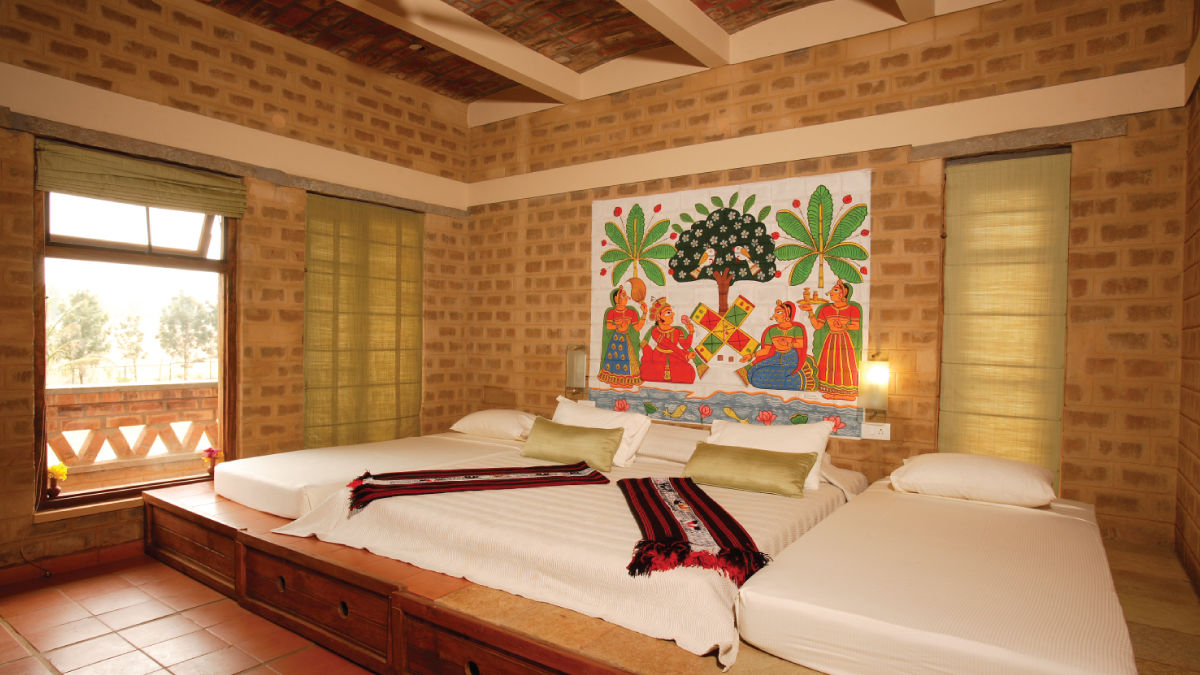
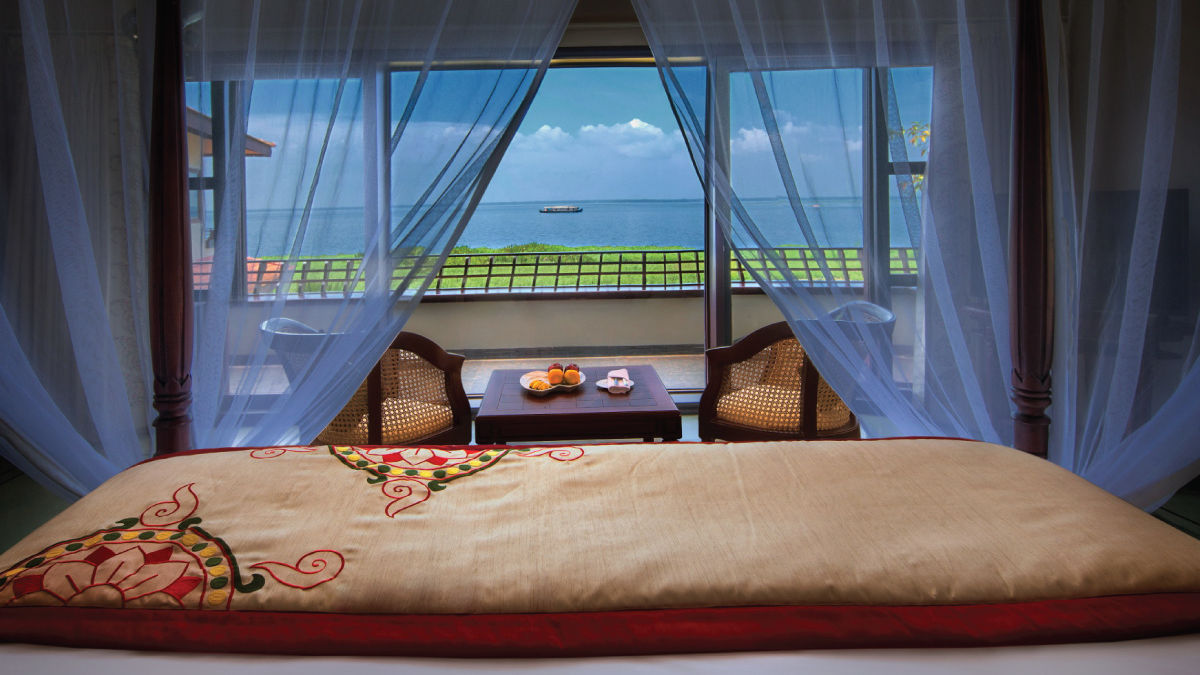
GST on room tariffs above Rs 7,500 per night slashed by 10 percentage points to 18% from earlier 28%.
The Goods and Services Tax (GST) Council, in its vague wisdom, had set Rs 7,500 per night as the floor tariff for charging demerit GST rate. And so, hotel rooms booked at tariffs above that amount were considered luxury or demerit items and were straight off slapped with a GST of 28%.
Tourism is Not a Sin
Besides pinching the consumers’ pockets, not only was this skewed tax rate commercially detrimental to the hotel industry and the economy at large but was also far removed from the market reality of the sector. Going by today’s market, room tariffs above Rs 7,500 per night are in no way luxury. Also, such spending by consumers did not need discouragement for it to be bracketed with other demerit items such as tobacco, etc.Manu Rishi Guptha, CEO, Niraamaya Retreats, is emphatic when he says tourism cannot be considered as a sin industry. He sees it as a necessity for the mental health of people.
“We should have never considered tourism as a sin industry. It is a necessity for mental health, which could be the biggest epidemic on this planet in a few years. It is already spreading like wildfire. A wellness-based holiday is not a luxury it is a necessity and the government has identified and acknowledged the need to consider it as an essential service,” he said.
Such a glaring anomaly in the categorisation of the hotel industry had led the hotel representative bodies to fiercely lobby with the government for its correction. On Friday (September 20), it seems, Finance Minister Nirmala Sitharaman, who chairs the GST Council, finally relented.
It’s a Neat Saving for You
In a sweeping move, she slashed the GST rate of 28%, currently applicable on room tariffs above Rs 7,500 per night, by 10 percentage points to 18%. For a better understanding of its impact, let’s take an example of a room with a tariff of Rs 8,000 per night (which is above Rs 7,500). At 28%, your tax component was Rs 2,240 on it. In one stroke, it will come down to Rs 1,440, giving you a neat saving of Rs. 800 per room per night.This decision particularly impacts Niraamaya Retreats, whose rooms are priced above Rs 7,500 per night.
“We represent a luxury brand and our tariffs across the entire chain is above Rs. 7,500 per night. This (GST decision) suddenly makes an Indian holiday cheaper for both domestic and international travellers by 10%, which is the lowest rate over the last 5-7 years,” said Mr. Guptha.
The council has cut GST rates on lower room tariffs too. Rate on rooms with tariffs between Rs 1,001 per night and Rs. 7,500 per night has been rationalised to 12% from the existing 18%. Currently, this bracket of room tariffs has two rates; GST for room tariffs between Rs 1,000 per night and Rs 2,455 per night is at 12% while for those between Rs 2,500 per night and Rs 7,500 per night it is 18%. Rooms sold below Rs 1,000 per night will continue to attract zero GST rate.
The hospitality industry has heaved a sigh of relief on the announcement, which is expected to boost the growth of the travel and tourism sector.
John Northen, executive vice president, Middle East, India, and the Indian Ocean, Shangri-La Group, expects the lowering and rationalisation of GST rates on hotel rooms to push up revenue and demand growth in the hospitality sector.
“We welcome this progressive initiative by the government. A lower GST rate for the luxury hotel sector will boost revenues and spur demand further among travellers. This, in turn, will cement India’s positioning as a hotspot tourist destination. The move will also increase the sectors’ contribution to the country’s GDP and foreign exchange,” he said in a statement issued by the luxury hotel.
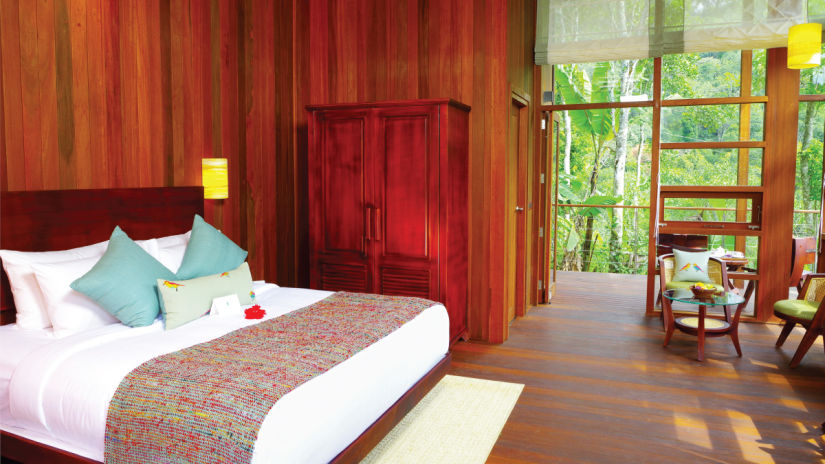
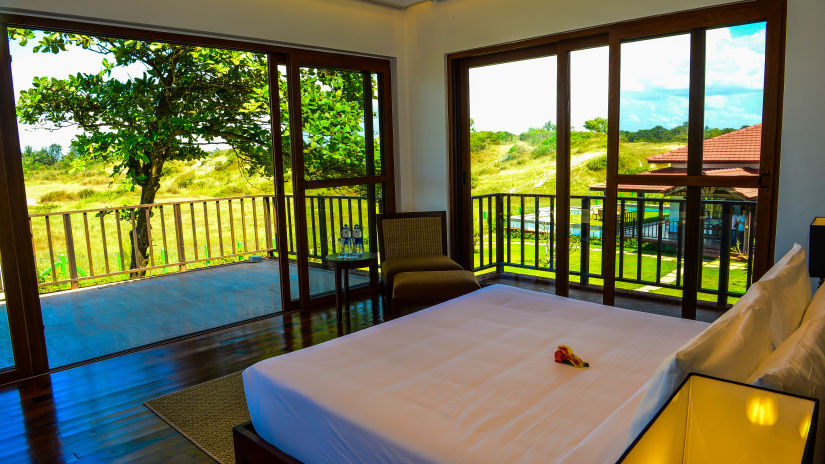
An Important Spoke in Economy Wheel
The point to be noted from Northen’s comment is the significance of the tourism and travel industry in the Indian economy. With a contribution of $240 billion or 9.2% to the GDP and 8.1% to the total employment of the country in 2018 (as per the World Travel and Tourism Council), its economic importance cannot be underplayed. In 2017, according to the Indian Brand Equity Foundation (IBEF), the direct contribution of tourism and hospital sector to GDP jumped by 23.6%.Recent data have also shown demand for rooms has been consistently outpacing supply. According to WTTC, demand has been growing at around 6.8% while supply growth has fallen short at around 3% over the last few years. Such a shortfall of hotel rooms signals potential opportunity in the sector. Distorted GST rates on room tariffs could have killed this potential.
A report published by CARE Ratings in January says the average room rates (ARRs) is expected to grow at an average of 3.5-4.5% per annum. Madan Sabnavis, who has authored the report, expects the occupancy rate also to climb up to an average of 68-70% by FY23 compared with 66.6% in FY18. Further, the chief economist of CARE has forecast the room revenue to grow at the rate of about 10-12% CAGR over the next five years.
Contribution of travel and tourism to GDP
| Year | Contribution to GDP ($ billion) |
| 2013 | 113.2 |
| 2014 | 125.21 |
| 2015 | 129.49 |
| 2016 | 208.9 |
| 2017 | 234 |
| 2018 | 240 |
| 2028 | 492 |
